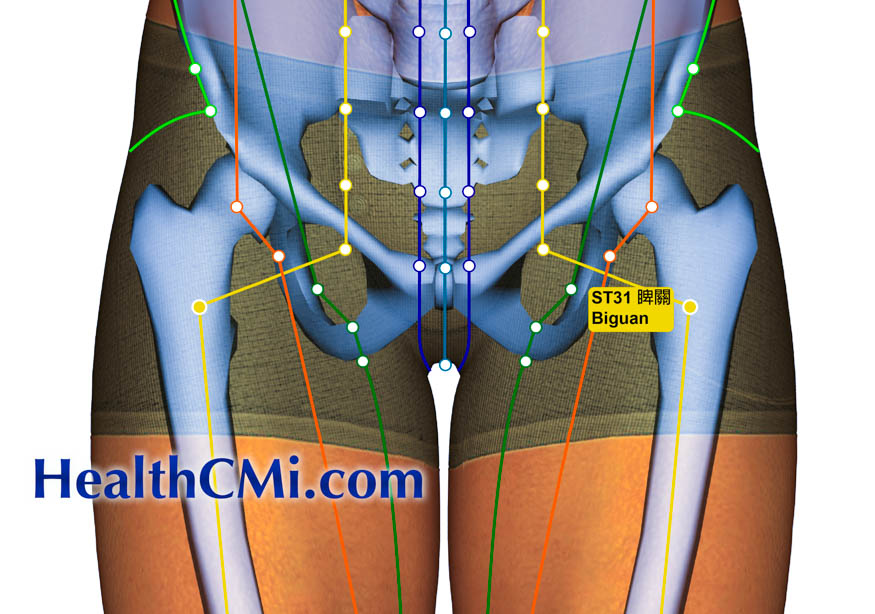Acupuncture is effective for the treatment of sarcopenia, a common age-related disorder involving an accelerated rate of muscle loss. Researchers from the department of acupuncture and moxibustion at the Nanjing Hospital of Traditional Chinese Medicine (affiliated to Nanjing University of Chinese Medicine) conducted a clinical trial. The researchers administered regular nutritional treatments and routine care integrated with electroacupuncture. The results demonstrated that the integral protocol measurably increases skeletal muscle mass, improves muscle function, and regulates body fat and moisture distribution. [1]
Measurment parameters involved in the study include the skeletal muscle mass index (ASMI) as the primary indicator plus grip strength, 6-meter walking time, body fat percentage, and body moisture percentage as supplementary indicators. After completion of the treatment course, both groups demonstrated improvements in all parameters. ASMI and grip strength increased while the 6-meter walking time was shortened. Body fat percentage decreased while body moisture percentage increased.
More significant improvements were observed in the acupuncture integral group, with ASMI increases from 5.69 ±0.54 to 6.46 ±0.73. In the control group, the change was less pronounced (5.69 ±0.43 to 6.08 ±0.40). Grip strength had a more marked increase in the integral group as well, rising from 18.19 ±2.95 to 21.71 ±2.92. Six-meter walking time was over one minute shorter in the integral group. A very significant improvement when adding acupuncture to the treatment protocol.
Body fat percentage dropped to 23.10 ±7.84, lower than that of the control group at 27.58 ±9.12. The body moisture rate increased to 55.11 ±7.58 in the integral group, while the rate of the control group following treatment was at 50.99 ±7.37.
The research uses a sample of patients admitted to the Nanjing Hospital of Traditional Chinese Medicine from April 2022 to September 2022. The admission criteria were based on the Consensus Report of the Asian Working Group for Sarcopenia, published in 2014 (AWGS 2014). Researchers selected patients according to their muscle mass, strength, and function. The 60 patients with sarcopenia were randomized into a routine nutritional supplement group and an electroacupuncture integrated group, with 30 cases in each group.
In the routine control group, conventional nutritional intervention for sarcopenia was implemented. In the integral group, electroacupuncture was applied in addition to nutritional care. Patients took a supine position, and the local area was sterilized. Needles were inserted using a perpendicular approach. Insertion depth was 15 to 35 mm. The following acupoints were utilized:
- LI14 (Binao)
- L111(Quchi)
- LI4 (Hegu)
- ST36 (Zusanli)
- GB34 (Yanglingquan)
- SP6 (Sanyinjiao)
- ST34 (Liangqiu)
- ST31 (Biguan)
Upon achieving deqi, bilateral LI11 (Quchi) was connected to the positive electrodes while bilateral ST36 (Zusanli) was connected to the negative electrodes. A discontinuous (intermittent) wave was applied and set to a frequency of 2 Hz. Intensity was 1–10 mA, according to patient tolerance levels. The needle retention time was 30 minutes. The procedure was administered by an experienced acupuncturist for a total of 24 acupuncture sessions over a 12-week period. The results indicate that the addition of acupuncture to routine care increases patient outcomes.
Reference:
1. Ma Sufan, Lv Wanyong. Electroacupuncture at Acupoints of Yangming Meridians for Sarcopenia: a Randomized Controlled Trial, Chinese Acupuncture and Moxibustion, August 2, 2023.



